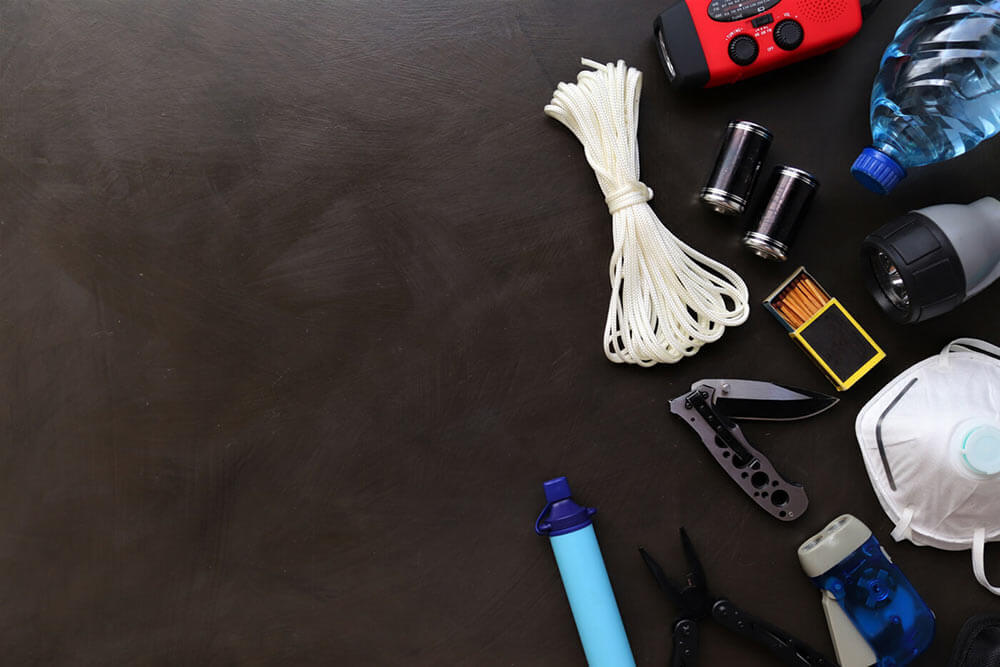Before there’s a tsunami, there’s often an
What is a tsunami?
A tsunami, usually triggered by a major earthquake occurring beneath the ocean floor, consists of a series of large waves that can reach several metres in height. These waves will strike coastal areas and can happen with little warning.
What to do before a tsunami
- Stay informed by listening for advisories on TV, radio, or social media (e.g. Emergency Info BC on Twitter:
@EmergencyInfoBC ). Depending on the threat level, you may need to evacuate to higher ground.
Tsunami Alert Levels
|
Alert level |
Potential Hazards | Action |
| Warning | Possible flood wave | Full evacuation suggested |
| Advisory | Strong currents likely | Avoid shoreline |
| Watch | Danger level unknown | Stay alert for more info |
| Information Statement | Minor waves expected | No action required |
| Cancellation | No wave activity | Confirm safety of local areas |
- Check your home for potential flood risks and, if possible, repair any vulnerabilities.
- Create a
home emergency kit and/or a “go bag” in case you need to evacuate quickly. Your kit should contain:- Water
- Ready-to-eat, non-perishable foods (don’t forget to pack food for your pets)
- Battery-powered or wind-up radio
- Battery-powered or wind-up flashlight
- Extra batteries
- First aid kit
- Prescription medications
- Important documents (identification, passports, etc.)
- Cash
- Know how to turn off the gas and electricity in your house.
- Have an evacuation plan as well as a way to get in touch with family members if you’re not all in the same area. Don’t forget to include your pets!
During a tsunami
- Get to higher ground and stay away from shorelines.
- If you’re not able to evacuate, stay inside and away from the windows. Try to keep to the side of the house that faces land.
After the tsunami
- Stay indoors until authorities tell you the area is safe.
- If you had to evacuate, don’t return home until you’ve been told by authorities that it’s safe to do so.
- If you’re able to leave your home, avoid any flooded areas and washed out bridges.
- Restock any supplies from your emergency kit.
Unfortunately, flooding caused by a tsunami isn’t covered under a standard home insurance policy or by overland water coverage. If you have damage caused by flooding, you may be able to qualify for government assistance.
Useful information
Get Prepared (Government of Canada)National Resources Canada Government of B.C. U.S. Tsunami Warning (sends warnings to B.C. area)
